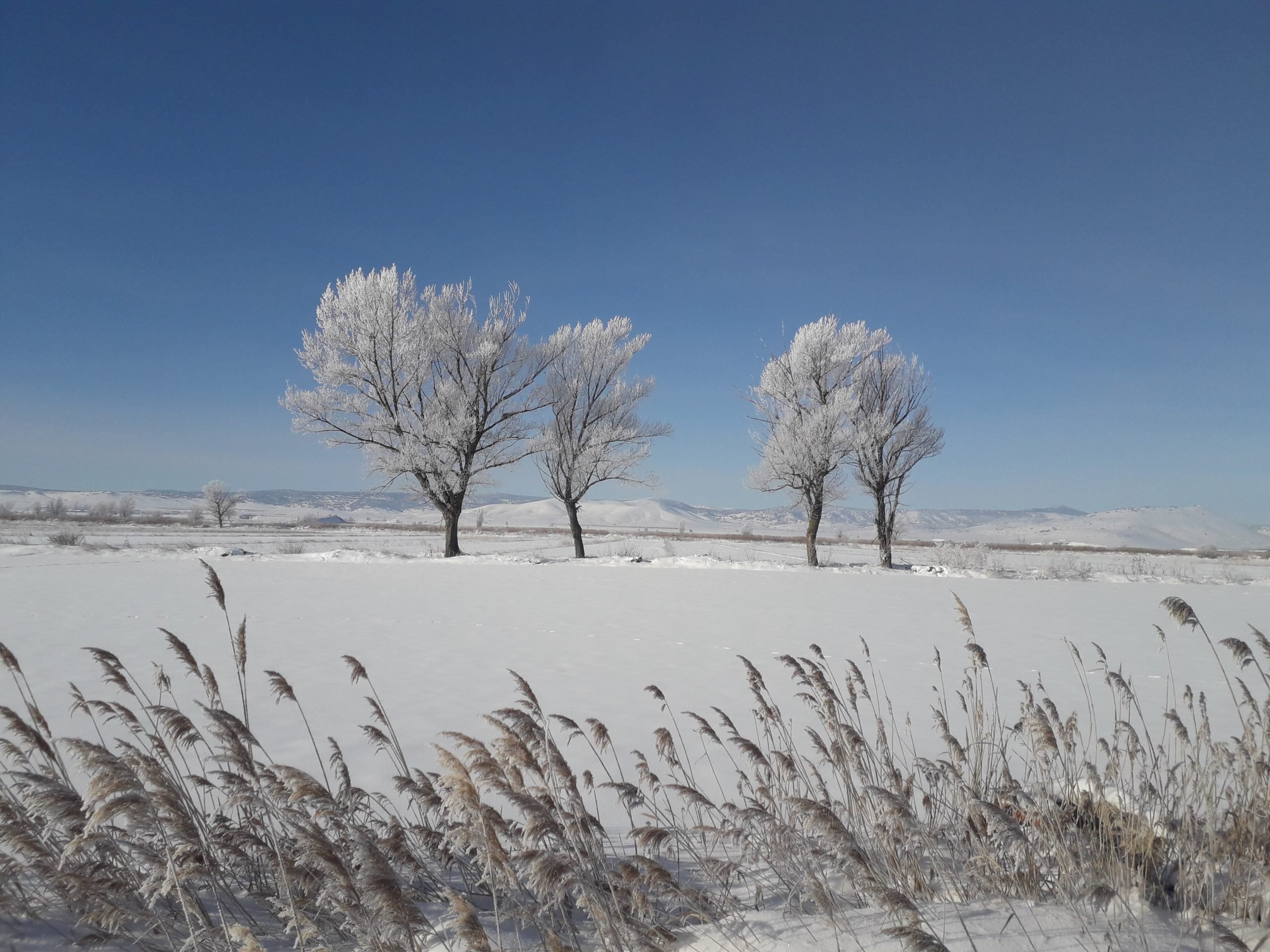
WE know that skiing is a thing in sunny Spain – anyone who’s flown over to Alicante, Valencia or Barcelona airports will have crossed the white peaks of the Spanish Pyrenees.
You’ll be surprised to know that Spain’s no. 1 ski resort of Baqueira-Beret gets the best snow cover among European ski destinations.
You’ll be surprised there are natural lakes that freeze hard enough to ice skate on in the Pyrenees, like at Puigcerda.
Surprising, but believable – it’s the Pyrenees, right? So what?
What will really baffle you is that the Pyrenees is not the coldest part of Spain.
The infamous ‘ice triangle’ – the region with coldest temperatures ever recorded in Spain – actually lies just an hour inland from the sun-soaked cities of Valencia and Castellon on the Costa del Azahar.
And it’s really, really cold. The ice triangle is only about 800m above sea level but in the 21st century alone has already registered ‘hundreds’ of temperatures below -20C.
“The ice triangle is the coldest point in all Spain,” writes Spanish climate researcher Vicente Aupi, author of the groundbreaking book El Triangulo de Hielo.
After digging through records from Spain’s met office AEMET Aupi discovered the strange low temperatures of the ice triangle.
Aupi puts one corner of the triangle at the Aragonese city of Teruel, another at the town of Calamocha in the province of Teruel, and the final point over the border at Molina de Aragon in Castilla-La Mancha.
The ice triangle has a size around 2000km2, it lies between 800m and 1000m above sea level and is characterised by a semi-arid or steppe climate it shares with Ulaanbaatar, the world’s coldest world capital in Mongolia.
It has poor soil and can only grow staples like potatoes, beetroot and grains, receiving less than 400mm of rain throughout the whole year – that’s 100mm less than in the scorching southern city of Cordoba.
The town of Calamocha in particular is famous throughout Spain for holding the national record for the coldest-ever recorded temperature in a populated area – a freezing -30 C on December 17 in 1963.
So why is it so cold?
According to Aupi, a series of climactic factors have a ‘freezer effect’ on the region that keeps temperatures low even throughout sunny winter days.
“Many valleys are protected from the north, but the ice triangle isn’t, so the air just stagnates. If it’s a cloudless day often there’s no wind at all, so during the coldest and darkest weeks of winter we have really low temperatures,” writes Aupi.
“The thermometre sometimes doesn’t get above 0C in the ice triangle because the snowfall means the blanket of cold air gets really dense, really heavy, and makes a sort of swamp of cold air that sits above the area and until there’s a big atmospheric change it’s like a fridge-freezer.”
Aupi admits there are many other areas in Spain that register low temperatures below zero, even south of the Pyrenees in places like Castilla y Leon and Aragon.
The Aragonese city of Palencia for example has a medium daily temperature of 6 C in winter, while temperatures in Teruel regularly fall below zero.
But he writes that it’s far more common for cold weather to hit the ice triangle due to the stagnation of cold air in the region.
He says the same climactic effect is present in the coldest point of Switzerland, which has a record temperature of -41 C.
READ MORE:
